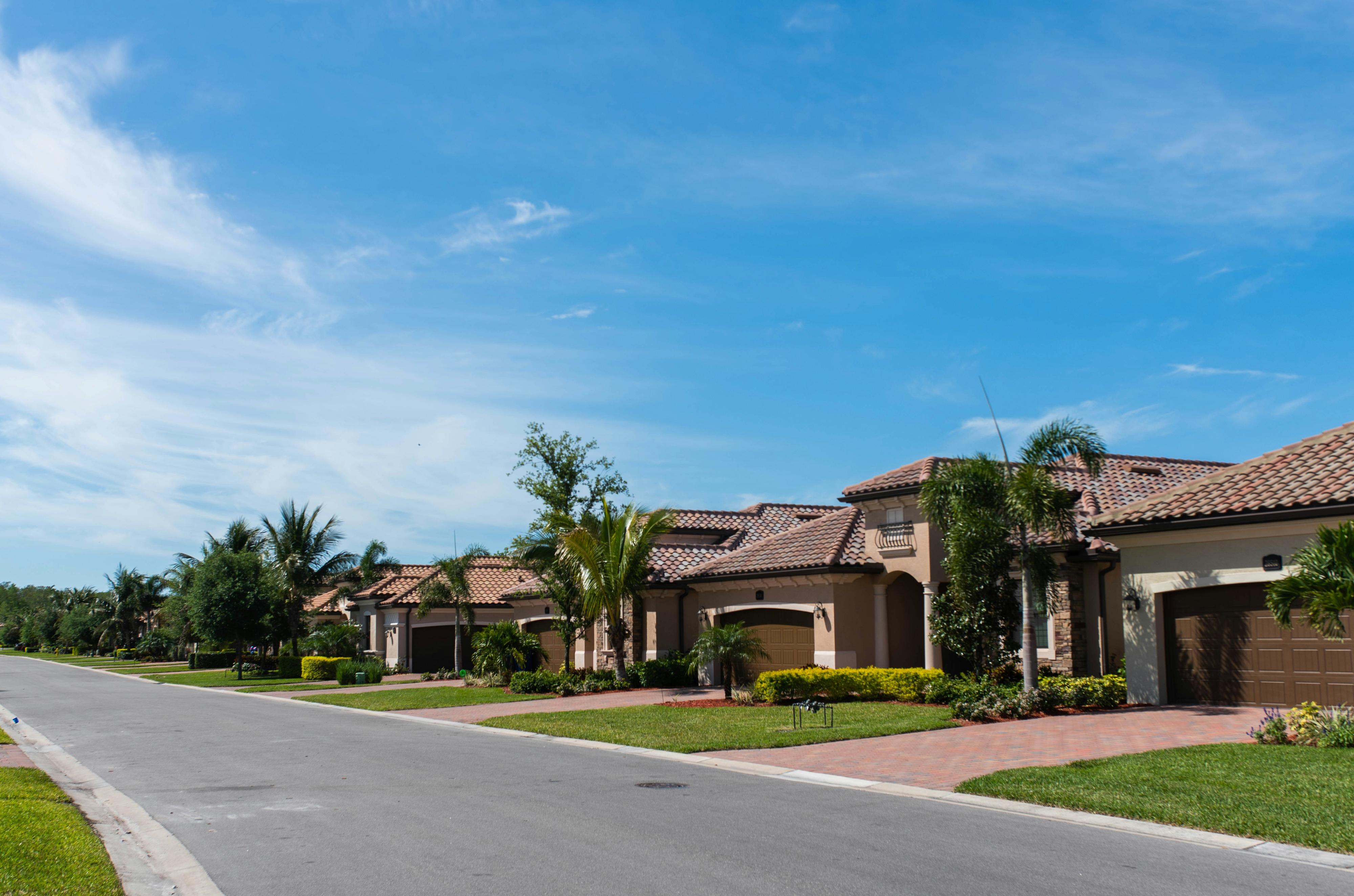12 things to check before signing a rental contract

What you need to know:
- Look for any signs of moisture or water damage, particularly in areas such as the kitchen or bathroom as this can indicate a more significant problem, such as leaks in the roof, while cracks in the walls could point to structural issues.
Although properties are expected to be in perfect condition before they are rented out, seasoned renters know that is not always the case. In fact, an alarming number of tenants report discovering startling disrepair after moving into a rental property.
To avoid ending up stuck in an unlivable property, go beyond what property managers and landlords are willing to show you on the inspection tours. Before committing to yourself by signing a contract here are a dozen things you should check carefully.
Structure
This might seem obvious but it is easy to miss the actual condition of the floors, walls and ceilings when you do not know what to look out for. Has the place been recently repainted, re-carpeted or given a new floor? If so, ask the agent why and if they were able to rectify any of the issues that might have warranted the renovation.
Sometimes, when the renovation has not been done well, you can notice signs of damage, such as cracks or stains. Look for any signs of moisture or water damage, particularly in areas such as the kitchen or bathroom as this can indicate a more significant problem, such as leaks in the roof, while cracks in the walls could point to structural issues.
Doors and windows
Check the frames and around the doors and windows closely as this can be a potential access point for burglars or intruders. Ensure they are secure, lockable and in good condition. If you notice an issue with a door or window, firmly ask the landlord or property manager to fix it, before signing the contract. Besides security concerns, rickety door and window frames affect the insulation and consequently the utility costs.
Plumbing
You might not be able to ascertain the condition of the entire plumbing system but check out the basics; flush the toilet, turn on the taps and test handles on the faucets. Find out if the water pressure is agreeable and all faucets work properly.
Wiring and lights
Many landlords usually never bother with putting bulbs in empty properties, so it might be difficult to find out if the lights in every room work. That said, try to remember to test the lights and sockets in each room. The fixtures should feel solid in the wall and not loose enough to wiggle around. Make sure there are no loose or broken wires.
Pest infestation
It is every tenant’s nightmare to move into a property that is infested with mice, rats, bedbugs, fleas, or any other pest. Signs of pests are impossible to miss, although some might not be as obvious. If there are rodents or cockroaches, you might hear scratching or rustling in the walls or floors.
Stains or holes in walls or floors are also an indication of rodents or insects. Pay attention to any odours, particularly in areas like the kitchen or bathroom, where pests may be attracted to food or moisture.
Parking
Parking is a serious issue especially in multifamily or mixed use rental properties. To ensure you have convenient and safe parking, ask about the parking situation when viewing the property. Insist on getting a particular parking space that is exclusively reserved for your property. If your property has its own garage, check that the garage door and opener work properly.
Legal
Besides checking a rental property’s features also ensure you fully understand your rights and responsibilities. Get a lawyer to review the tenant agreement thoroughly and iron out any unclear terms or conditions. By doing your due diligence, you can make an informed decision about whether a rental property is a good fit.
Ventilation
Find out as much as you can about glazing, insulation and orientation. Is the property able to access fresh air? For example, do windows face a dusty main road? If so, this means to avoid dust, the windows are likely to remain closed, which will make your space humid and stuffy.
Drainage
Poor drainage is one of the most frustrating problems. Poor drainage on your property is dangerous for the structural integrity of a home, the safety of its inhabitants and property. Signs to look for include puddles forming, line of muddy slit on the building, buckled asphalt or dampness or mildew odour.
Mould
Look under the kitchen and bathroom sinks for stains, blistering melamine or swelling particle board. See if there’s swelling or peeling on the walls and skirting board on the shared wall between the shower and the adjoining room. Peeling or swelling could indicate a failed waterproofing membrane. External walls in contact with the ground have the highest risk of rising damp, and south-facing walls tend to get the least sunlight.




